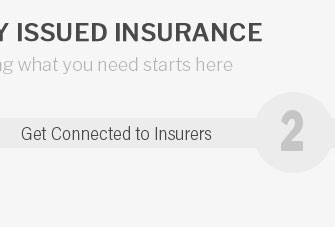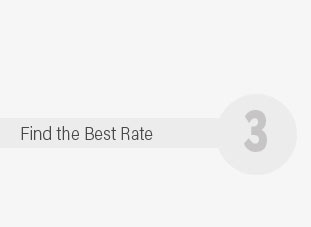 |
 |
 |
|---|
 |
 |
 |
 |
|---|
 |
 |
 |
 |
 |
 |
|---|

Understanding High Risk Auto Insurance: Key ConsiderationsHigh risk auto insurance is a topic that often raises questions and concerns among drivers who find themselves in this category. Being classified as a high-risk driver can be a source of stress, yet understanding the nuances of high-risk auto insurance can alleviate some of this anxiety. This type of insurance is typically more expensive and can be daunting to navigate, but with the right knowledge, drivers can make informed decisions that best suit their needs. Below are some essential considerations to keep in mind when dealing with high-risk auto insurance. First, it's important to identify what makes a driver high-risk. Insurance companies categorize drivers based on various factors such as a history of traffic violations, being a newly licensed driver, or having a poor credit score. Each of these factors can significantly impact the cost and availability of insurance. For instance, a driver with multiple speeding tickets or accidents is likely to face higher premiums compared to someone with a clean driving record. Similarly, young drivers or those with limited experience behind the wheel often fall into the high-risk category due to a perceived lack of driving history. Moreover, the geographical location plays a crucial role in determining high-risk status. Living in an area with high crime rates or heavy traffic congestion might lead insurers to classify drivers as high-risk due to the increased likelihood of accidents or theft. It's worth noting that some states have different regulations and may offer specific programs to help high-risk drivers obtain insurance.
While the prospect of high-risk auto insurance can seem daunting, taking these considerations into account can help mitigate some of the challenges associated with it. In addition, staying informed about changes in regulations and market trends can provide drivers with opportunities to reassess their options regularly. Ultimately, being proactive and well-informed allows high-risk drivers to navigate the complexities of auto insurance with greater confidence and security. https://www.progressive.com/answers/high-risk-auto-insurance/
Understand what it means to be a high-risk driver and how that may affect your auto insurance. https://www.insurance.ca.gov/flipbook/Automobile-Insurance/28/
26 If You Have a High-Risk Driving Record The California Automobile Assigned Risk Plan (CAARP) If you have had several accidents or speeding tickets, ... https://www.thegeneral.com/car-insurance/basics/high-risk/
The General specializes in providing car insurance for high-risk drivers. Even if you need an SR-22 or have a DUI on your driving record, you may qualify ...
|
|---|